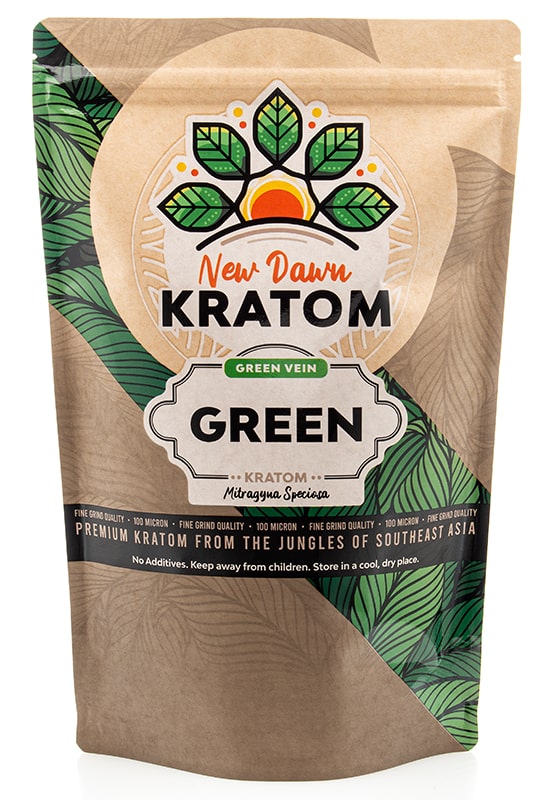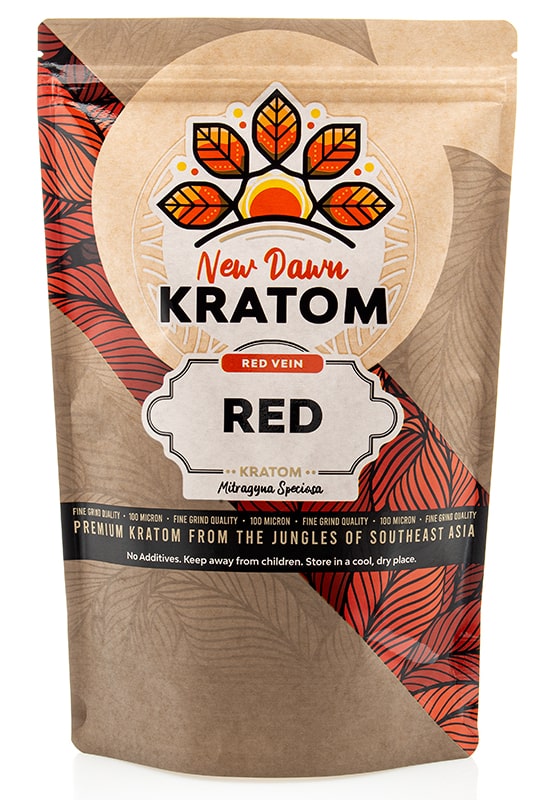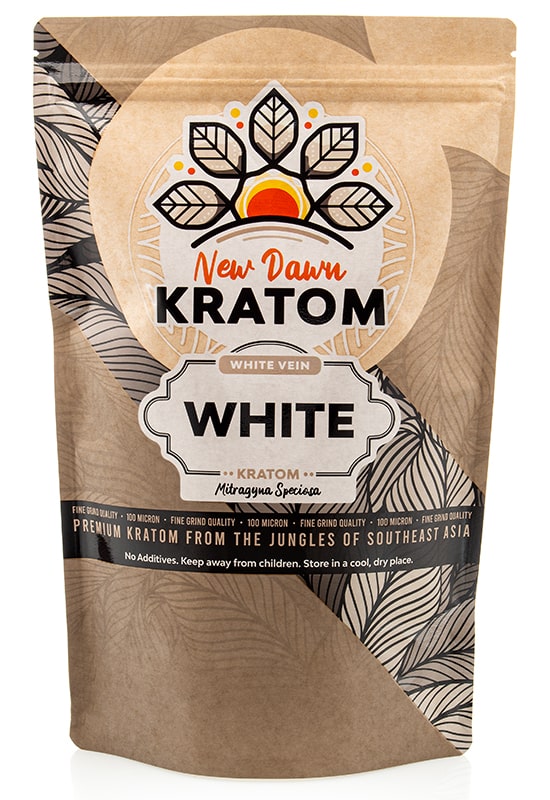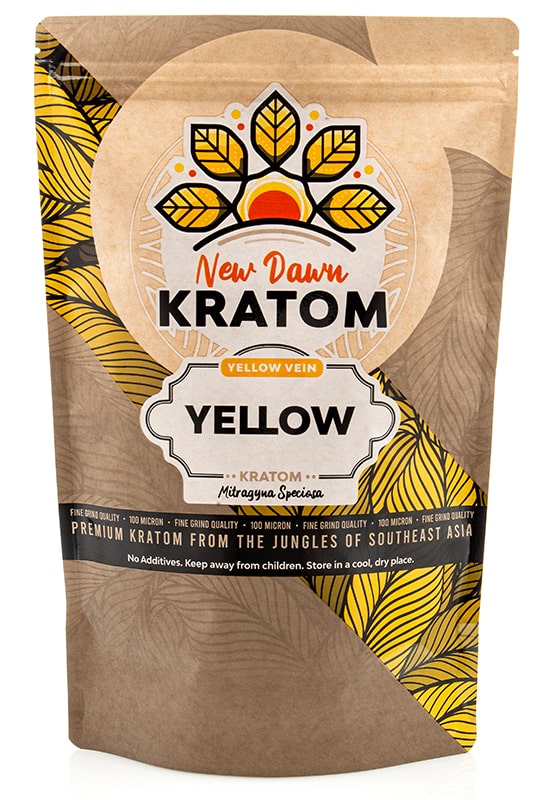Kratom (Mitragyna Speciosa) and Mitragyna Hirsuta are both members of the Rubiaceae family and are closely related cousins. Real M. Hirsuta does not contain the two main active alkaloids found in kratom; however, both botanicals share some of the same alkaloids, which may explain some of the overlap in potential effects.
This guide will compare each side by side and explore their main potential effects, risks, and alkaloid profiles so that you can have a good understanding of this frequently mentioned kratom alternative.
Kratom and Mitragyna Hirsuta: A Side-by-Side Comparison
Mitragyna Hirsuta is a commonly talked about alternative to kratom; however, the main active alkaloids of kratom are not present within it, so the effects are generally considered milder. The table below provides a quick overview of the comparison of the two.
| Aspect | Kratom (Mitragyna speciosa) | Mitragyna hirsuta |
|---|---|---|
| Origin | Southeast Asia, particularly Thailand, Malaysia, Indonesia | Southeast Asia, mainly in Cambodia, Vietnam, and Thailand |
| Active Compounds | Mitragynine and 7-hydroxymitragynine active alkaloids composing 50% or more of total alkaloid volume. 40 more alkaloids main exist | Speciogynine, Speciociliatine, Mitraphylline, Hirsutine, Rhynchophylline and isomitraphyllinol |
| Possible Effects | Varies from stimulating, energizing, mood-boosting, calming, and relaxing effects depending on the strain | Milder sedating and calming effects, may be significantly less potent than kratom |
| Risks | Nausea, constipation, dizziness, mood swings, habit formation, and tolerance | Limited research explaining the possible risks |
| Legal Status | No federal regulation. Banned in 6 states and multiple cities and counties. 13 states have passed age restrictions and other regulatory measures. | Legal federally and in all 50 states. |
All About Kratom: What To Know
Kratom is native to Southeast Asia, particularly Indonesia, Thailand, Vietnam, and Malaysia. It features various strains that may produce different effects depending on the alkaloid profile, leaves’ maturation time, and processing methods. Primary colors include red, green, and white, while more specialized varieties are yellow and gold kratom strains.
The active compounds that makeup kratom are alkaloids, with mitragynine and 7-hydroxymitragynine being the major ones that comprise over half of the total alkaloid profile. Besides these, there may be over 40 other alkaloids, including speciociliatine, speciogynine, isopaynantheine, and paynantheine.
Possible Effects and Risks
You may experience a broad spectrum of effects with kratom because of the variations in color and specific strain differences. Generally, you may expect the following potential benefits:
- Energy Boost: Kratom may have energy-boosting effects in smaller dosages and with certain color varieties, like green and white veins.
- Focus & Motivation: Certain strains and vein colors of kratom may boost focus and concentration in some individuals
- Mood-elevation: Kratom may also improve your mood and temporarily boost feelings of well-being.
- Relaxation & Sedation: Higher dosages of kratom and certain strains like red veins may boost relaxation and calm, as well as possibly sedating, depending on the variety.
Kratom also has risks and side effects to be aware of, especially when consumed in high doses. Many of the side effects are believed to be caused by its primary alkaloids, mitragynine and 7-hydroxmitraynine. Take note of the most common ones below:
- Nausea
- Stomach Upset
- Dizziness
- Headaches
- Constipation
- Mood swings
- Eye wobbles
- Vertigo
- Blood pressure changes
- Habit formation
More importantly, one should not mix kratom with other substances, especially medications and drugs, as doing this could increase the risk of rare and severe side effects. Those with health conditions should also avoid kratom due to the increased risk of severe side effects.
The Current Legal Status of Kratom
Kratom’s legal status has varying regulations and prohibitions in the United States. Kratom is currently banned in six states: Alabama, Arkansas, Indiana, Rhode Island, Vermont, and Wisconsin. On the other hand, a few states also adopted and enacted regulations around kratom that ban sales to minors and regulatory measures around sellers and manufacturers of kratom.
Several cities and counties have also banned kratom within legal states, and the landscape is constantly evolving. Hence, kratom users in a specific area need to stay vigilant on new laws in the local jurisdiction.
All About Mitragyna Hirsuta: What To Know
Mitragyna Hirsuta, also known as Kra Thum Khok, belongs to the same family as kratom and is native to Southeast Asia, particularly in Cambodia, Thailand, and Malaysia.
Active alkaloids may include speciogynine, speciociliatine, mitraphylline, isomitraphylline, rhynchophylline, and isomitraphyllinol. These may act with receptors in the body to induce effects like mood elevation and energy boost. Like kratom, Mitragyna Hirsuta is available in various forms, including chewing the leaves, consuming the powder form, or brewing it into tea.
Knowing the Effects and Risks
The potential effects of Mitragyna Hirsuta might be similar to those of kratoms.
- Energy-boosting: Like kratom, this botanical may offer a subtle increase in energy levels so you feel more alert during the day. This effect is less potentially strong than kratom.
- Relaxation: Mitragyna Hirsuta may increase feelings of relaxation, although this might be less pronounced than kratom.
- Mood-elevating: The potential mood-elevating effects may be less strong due to not having kratom’s primary alkaloids.
The risks of Mitragyna Hirsuta have not been studied well, so data is limited. However, these are some of the common side effects reported regarding the botanical’s use.
- Headaches
- Drowsiness
- Dry mouth
- Appetite changes
- Nausea and stomach issues
Even though Mitragyna Hirsuta is missing the primary alkaloids that are thought to cause a large chunk of kratom’s side effects, the botanical should still not be mixed. Alkaloids in M. Hirsuta like mitraphylline and rhynchophylline may still carry a list of potential risks, including rarer and potentially more serious ones. Therefore, you should not mix it with anything and should be wary if you have a medical condition. Just because it is considered milder than kratom does not necessarily mean it is more safe.
Mitragyna Hirsuta’s Current Legal Status
Mitragyna Hirsuta, which is authentic, is legal in all 50 states because it does not contain the two primary alkaloids found within kratom. However, some unscrupulous vendors may sell kratom as M. Hirsuta, and it is still important to verify that mitragynine and 7-hydroxymitragynine do not exist before considering a purchase in any of these areas. If the botanical does contain either of these, it will violate the law.
Kratom vs. Mitragyna Hirsuta: Similarities & Differences
Similarities
One notable similarity is that both belong botanicals to the same Rubiaceae family. Besides being in the same family, both botanicals are native to Southeast Asia and have similar growing environments. Both botanicals also share some of the same alkaloids, including speciogynine, speciociliatine, mitraphylline, and rhynchophylline.
Differences
The main difference is that Mitragyna Hirsuta does not contain the primary active alkaloids in kratom, mitragynine, and 7-hydroxymitragynine, which make up over half the content in kratom. Due to missing these main alakloids, Hirsuta is considered by some to be milder and less intense.
Kratom is also much more widely available and cheaper due to this and Hirsuta may be difficult to find. Legally, real authentic Hirsuta may not fall under the same legal restrictions in states due to not containing the two active alkaloids in kratom that legal legislation has targetted.
Conclusion
Kratom and Mitragyna Hirsuta both come from the same family, but the former is considered stronger due to having mitragynine and 7-hydroxymitragynine. Hirsuta shares some of the same secondary alkaloids as kratom, such as speciogynine, speciociliatine, mitraphylline, and rhynchophylline, which may explain some of its overlapping, albeit potentially milder effects than kratom.
Some people may choose Hirsuta due to wanting a botanical that does not have the same legal restrictions or just wanting to try out an alternative to kratom. However, in the latter case, they may be disappointed due to the potentially milder effects. Due to the limited availability of real authentic products on the market, they may just be getting the products from vendors selling weaker batches of kratom.









